Asia’s collection of world heritage sites is as substantial as it is unforgettable. Even without the benefit of expertise, a traveller could happily witness the dawn breaking over the torpedo like spires of Angkor Wat without any prior knowledge of the rise and fall of the once mighty Khmer Empire.
Equally, there’s no requirement to know about the geographical phenomenon that created Halong Bay in Vietnam or the history at the pilgrimage site of Emei Mountain in China to appreciate their jaw dropping grandeur. In our digital age, you could say this is the equivalent of experiencing it in ‘Standard Definition’ (SD) which is fine…
Nevertheless, visitors who wish to add an additional few layers to their experiences in Asia realise that it is one thing to witness spectacular historic and natural sites, but quite another to immerse in them while discovering their fascinating intricacies. Like watching a film or sporting event in HD, the picture becomes sharper, the details clearer and the experience heightened.
Southeast Asia is currently home to 37 World Heritage Sites. These include the bucket list ‘must do’s’ of the temple complexes at Bagan and Angkor and the limestone karst studded seascape of Halong Bay. Other standout attractions in the region, meanwhile, include Mulu and Kinabalu National Parks in the Malaysian state of Sabah, the latter home to Mount Kinabalu, the highest peak in Southeast Asia. Also World Heritage listed is the city of Luang Prabang, the former seat of monarchy in Laos, and the beautiful Buddhist temples at Borobodur on the out-skirts of Yogyakarta in Indonesia.
Further north, China and Japan offer historic and natural treasures that befit their status as two of Asia’s traditional powerhouses. From the giant thousand-year-old trees found in the forests of Yakushima Island in southern Japan, to the atmospheric caves and pilgrimage sites in the Middle Kingdom, these ancient civilisations have bequeathed a wealth of intriguing gems through the centuries.
And that’s really the point. With so much rich content there to be absorbed at each one of these amazing places, it does seem like something of a wasted opportunity to subject these wonders to the status of box tickers by merely scratching the surface of each one.
Thankfully there are numerous ways a traveller can experience these incredible sites when schooled by a passionate expert. From photographing Chiang Mai’s chedis and colourful night markets, to strapping on a pair of walking boots and hiking through the spectacular countryside of Sichuan Province to get to Emei Mountain, expert guidance is an immersive and fun way of really getting to the essence of a world heritage destination.
“Although it is possible to enjoy Asia’s world heritage destinations under your own steam, there’s no doubt that expert guidance adds additional layers of richness to these experiences,” comments Mex Barrows, EXO’s Product Manager in Myanmar.
“These sites have long histories and countless stories to tell. Without background knowledge they are impressive but become perhaps, slightly two-dimensional. With expert input, there’s more potential for these incredible places to open up to visitors and truly reveal their attributes.”
Although tuition and the imparting of knowledge is part and parcel of guided journeys, the experiences to be found at Asia’s world heritage destinations are a long way from being dry, information heavy affairs.
In Vietnam, a journey from north to south to discover the country’s historic and natural wonders takes on epic proportions as it veers from the 1000-year-old capital of Hanoi, to the southern metropolis Ho Chi Minh City via natural attractions such as Ninh Binh and Halong Bay, and heritage heavyweights like the imperial capital Hue and the ancient port of Hoi An.
In Luang Prabang, meanwhile, the host of the journey will provide expertise on how to properly execute the practice of alms giving to monks, a custom prevalent in the Theravada Buddhist cultures of Laos, Thailand and Cambodia, where monks once wandered freely and relied on the offerings for food from laypeople in return for spiritual guidance.
Further south in Sabah, Malaysia, the World Heritage listed thrills are of the natural variety. With local guides on hand to explain the exceptional ecosystem that exists here, the wildlife and numerous legends and stories attached to the Mulu and Kinabalu national parks, guests can immerse in nature that is abundant and – in the case of Mount Kinabalu and Lang Cave, the largest cave passage in the world – awe-inspiring.
The wonders of the ancient world are the focus on other journeys in Asia too. One of Asia’s most important archaeological sites, there’s much more to Bagan than first meets the eye. With guidance from qualified archaeologists, guests can learn more about the intricacies of the famous temple complex in Burma.
Also notable are the temples, monasteries and Buddha statues surrounding the Emei Mountain in Sichuan, China. With an expert recounting the secrets of the area, guests will experience a hiking trip that goes far beyond the realms of a regular trek.
For many visitors to Asia, the idea of too much mental exertion is contrary to their expectations of enjoyable travel. When it comes to experiencing Asia’s world heritage sites, however, viewing them through the lens of experts transforms the experience from standard to high definition.



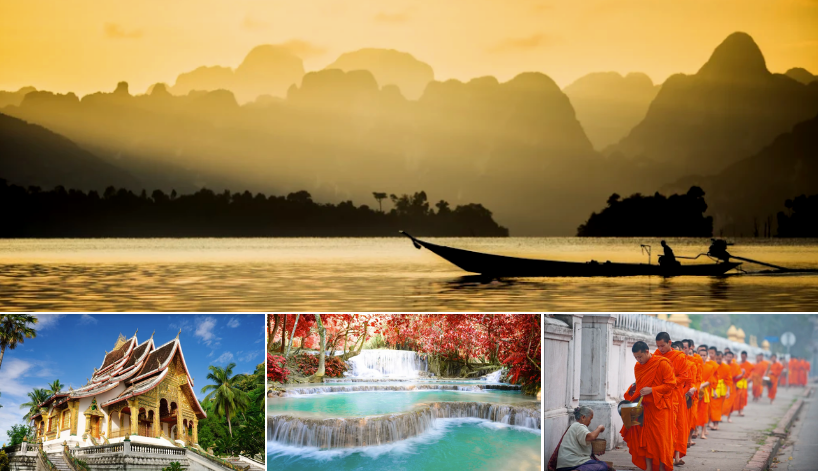 " alt="">
" alt=""> 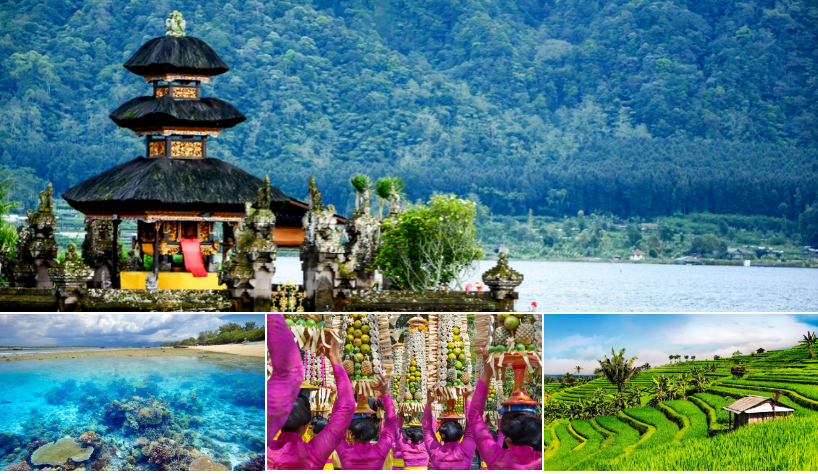 " alt="">
" alt=""> 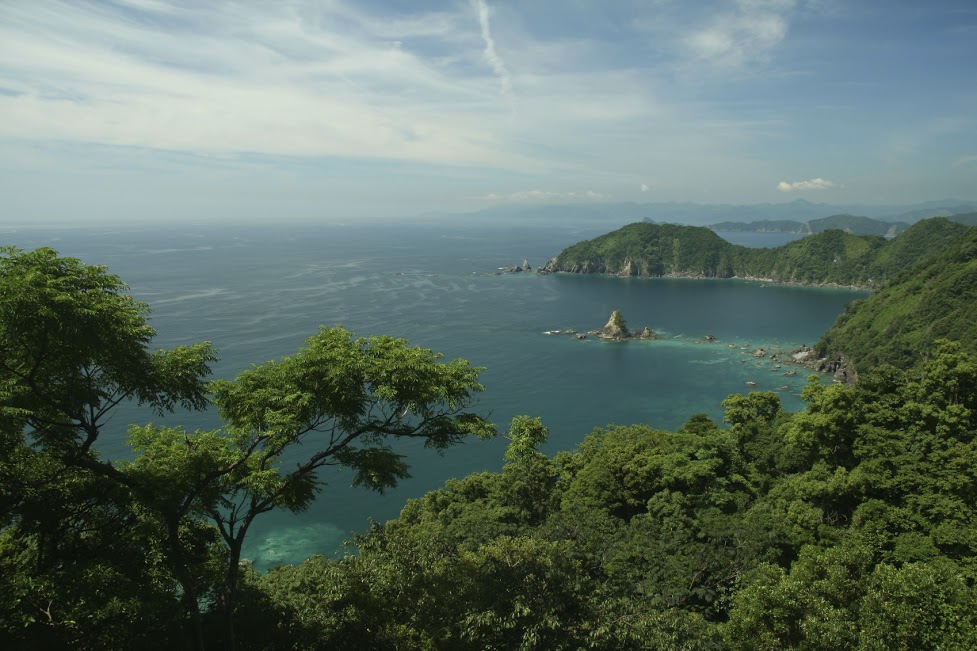 " alt="">
" alt=""> 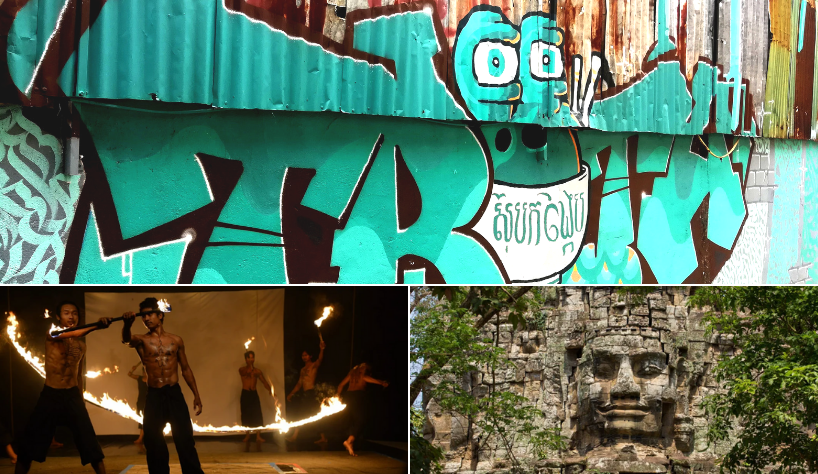 " alt="">
" alt="">  " alt="">
" alt=""> 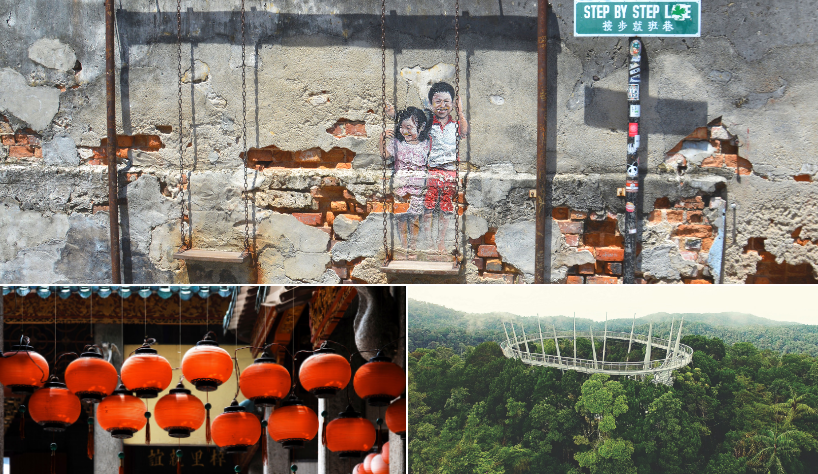 " alt="">
" alt="">  " alt="">
" alt=""> 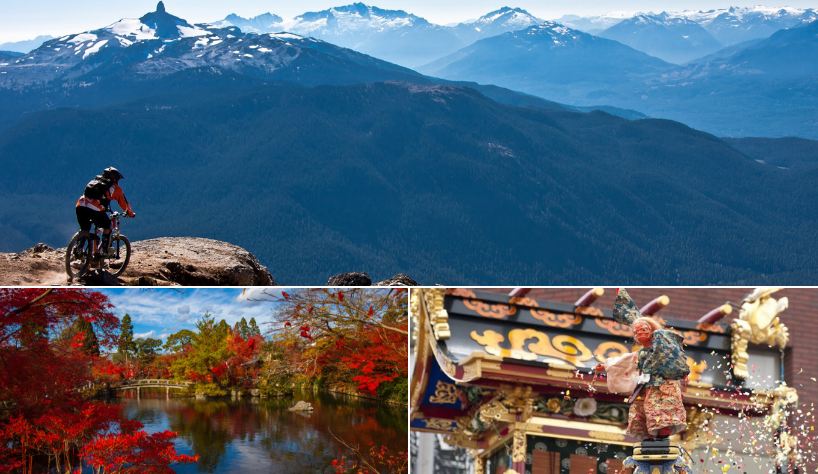 " alt="">
" alt=""> 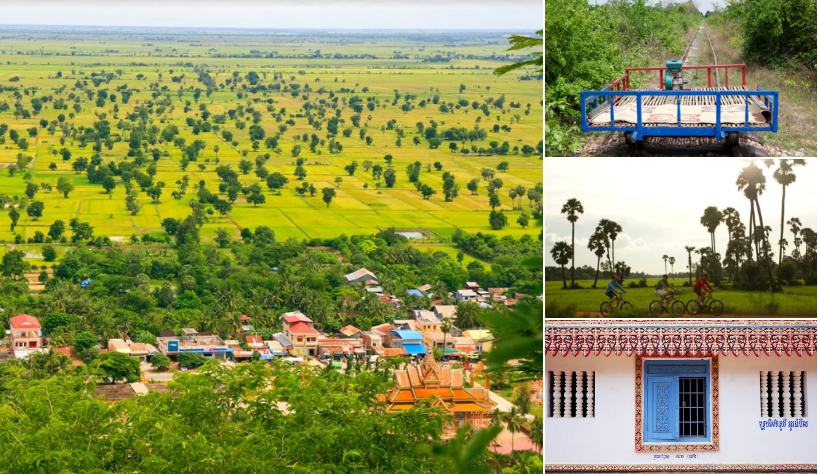 " alt="">
" alt=""> 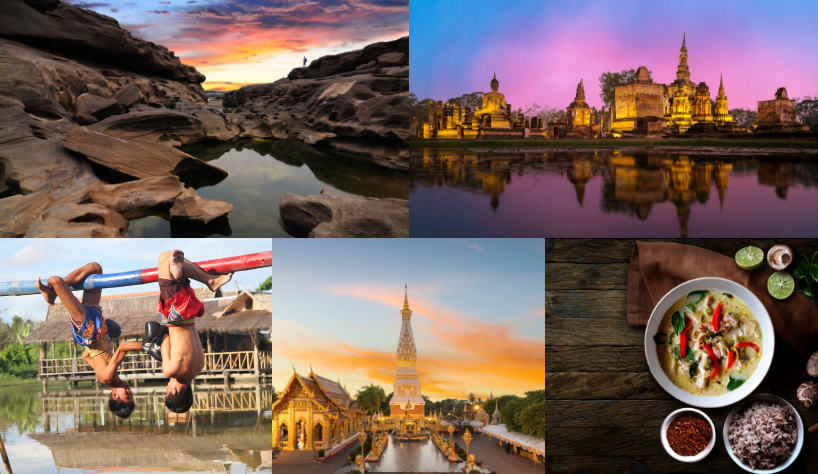 " alt="">
" alt="">  " alt="">
" alt="">  " alt="">
" alt=""> 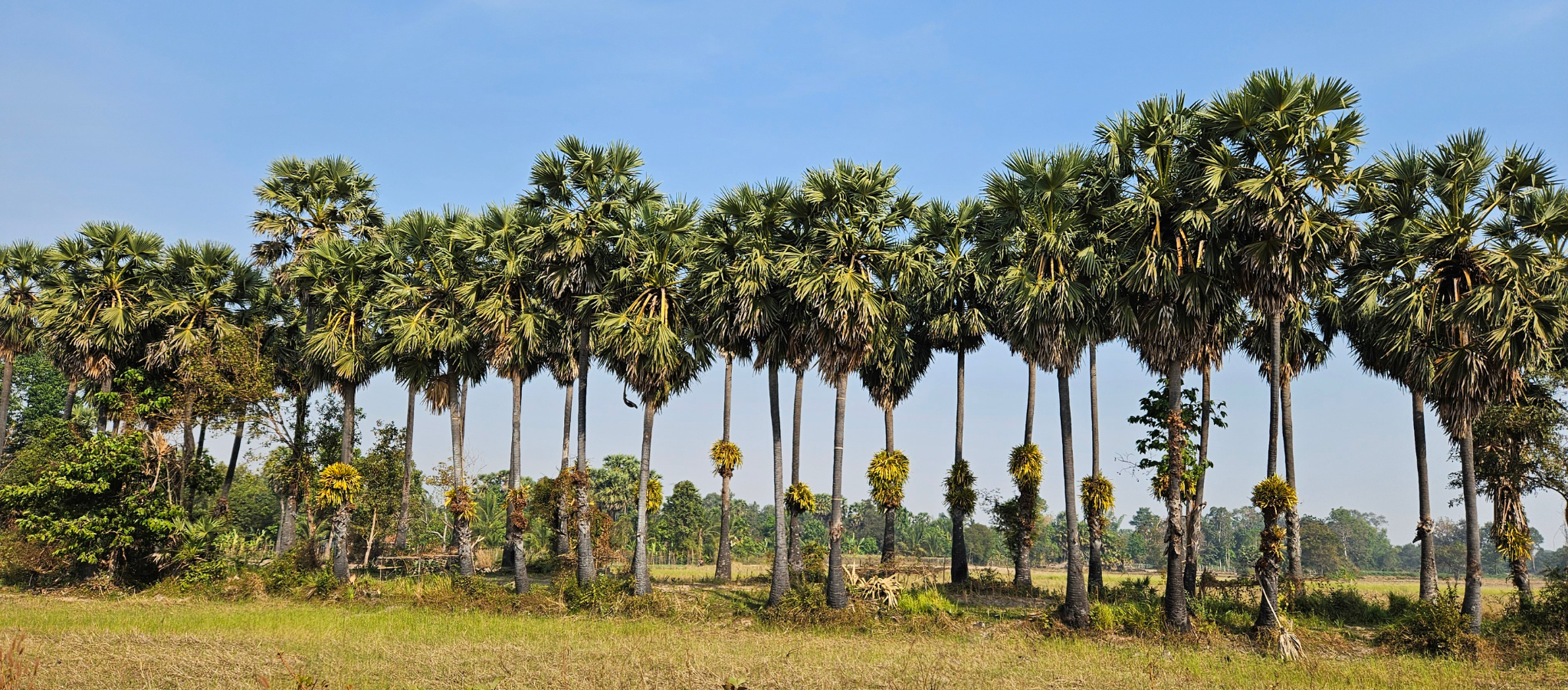 " alt="">
" alt=""> 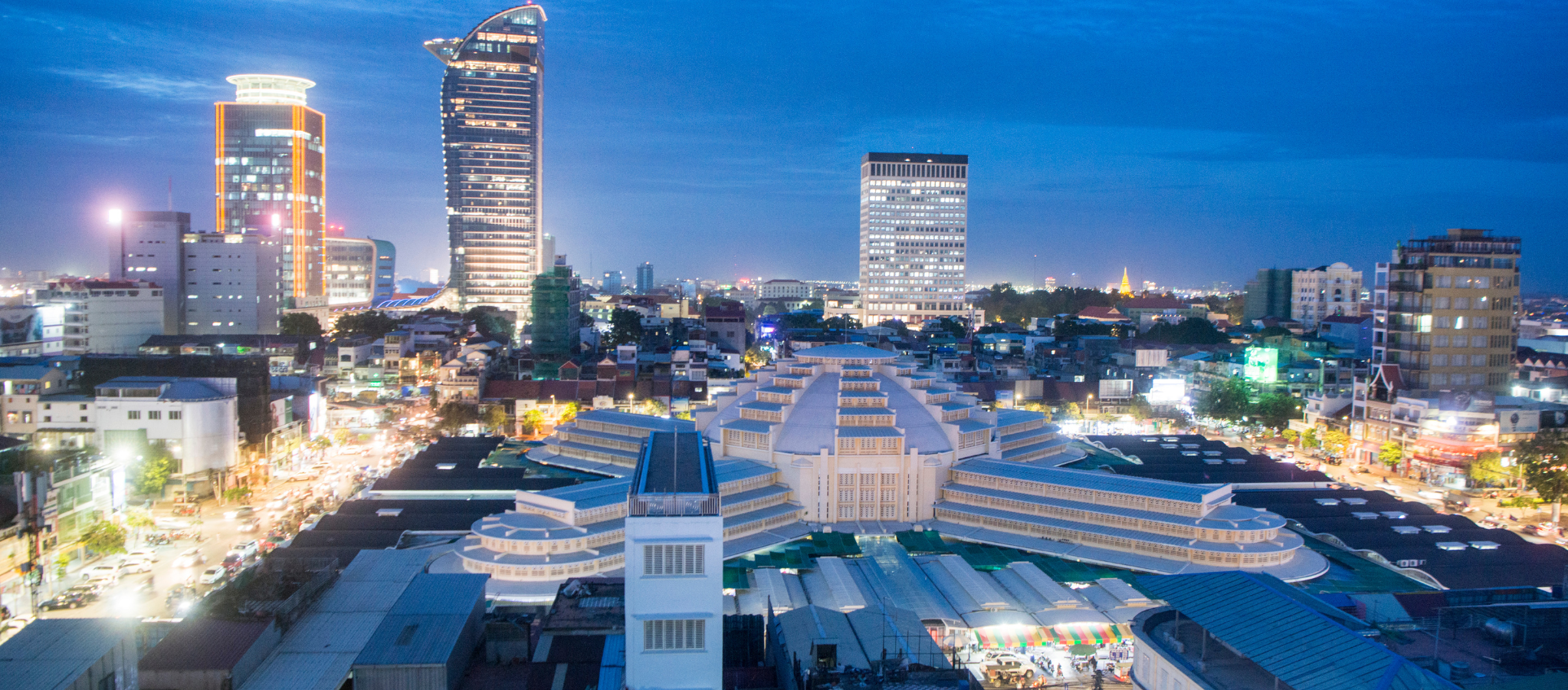 " alt="">
" alt="">  " alt="">
" alt="">  " alt="">
" alt=""> 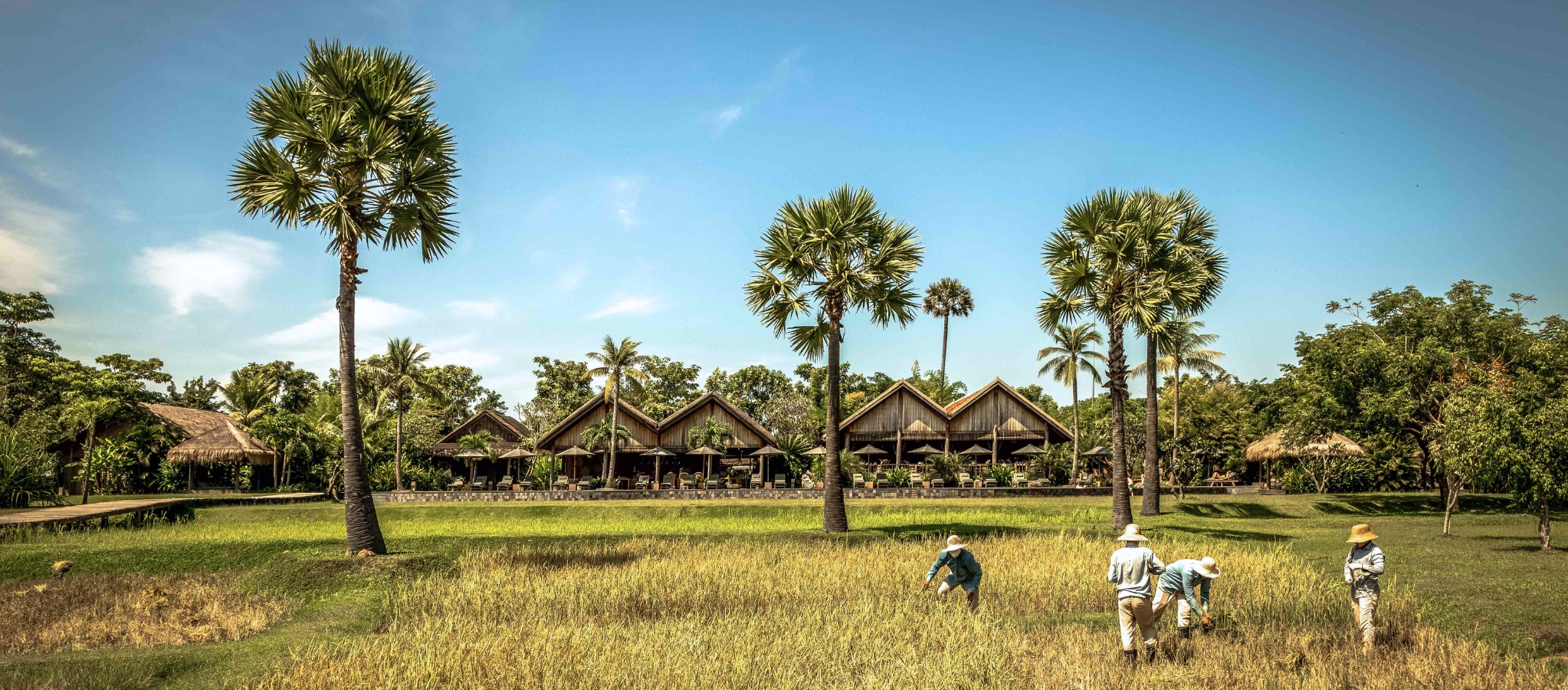 " alt="">
" alt=""> 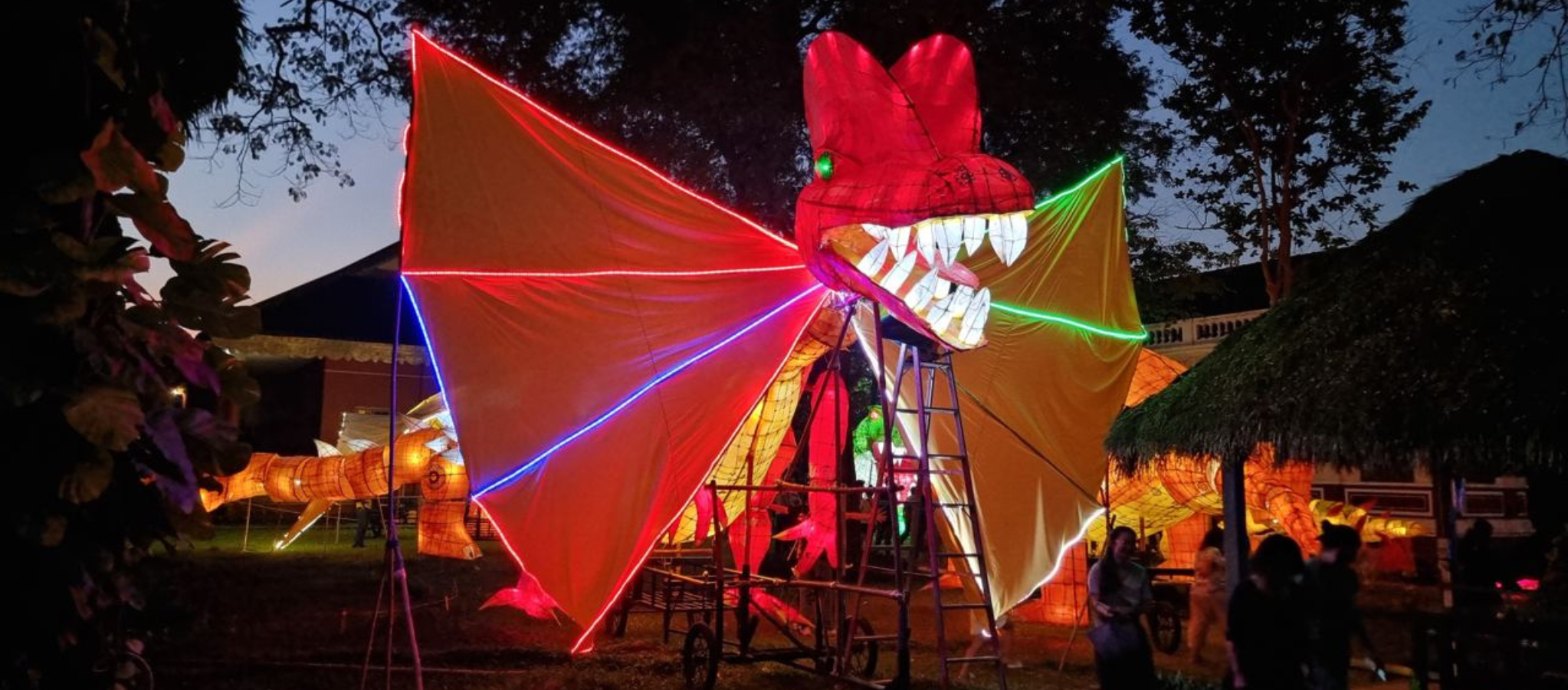 " alt="">
" alt=""> 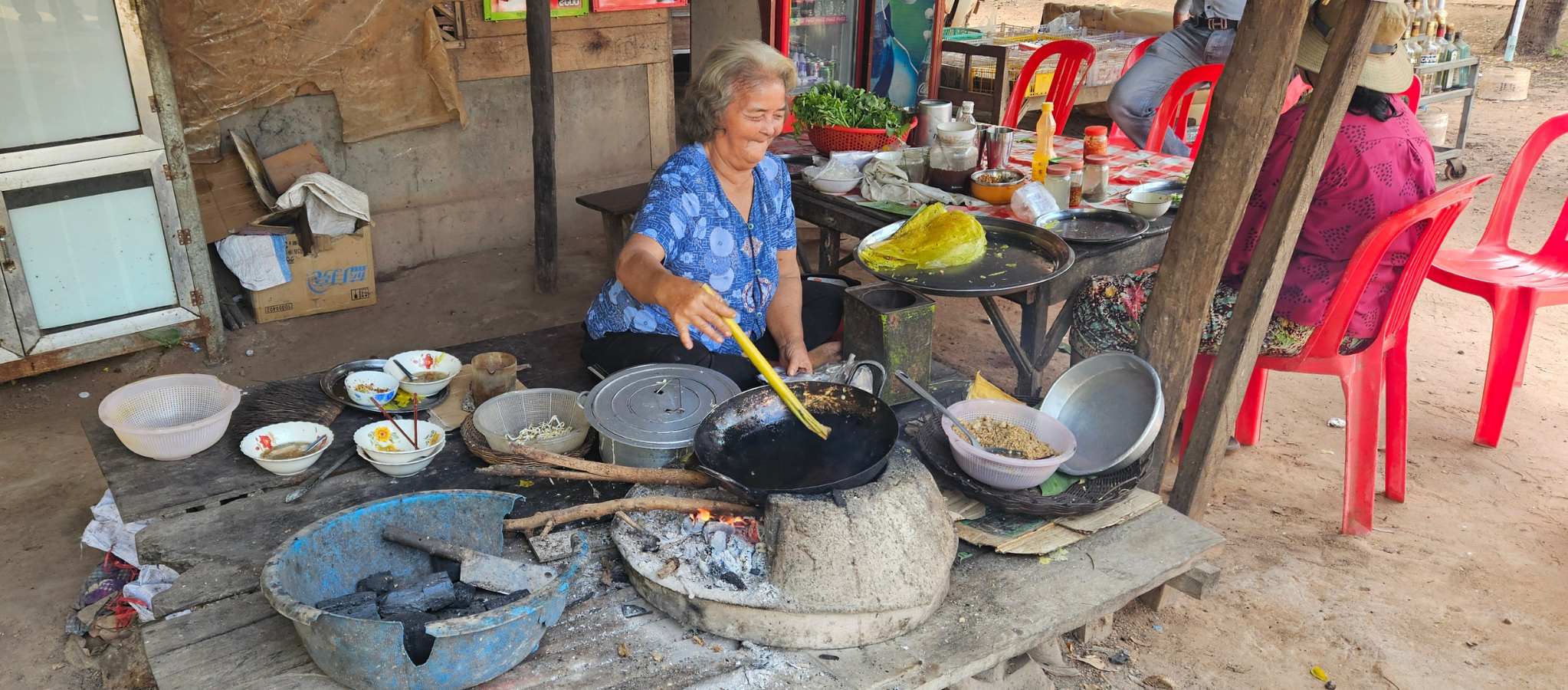 " alt="">
" alt=""> 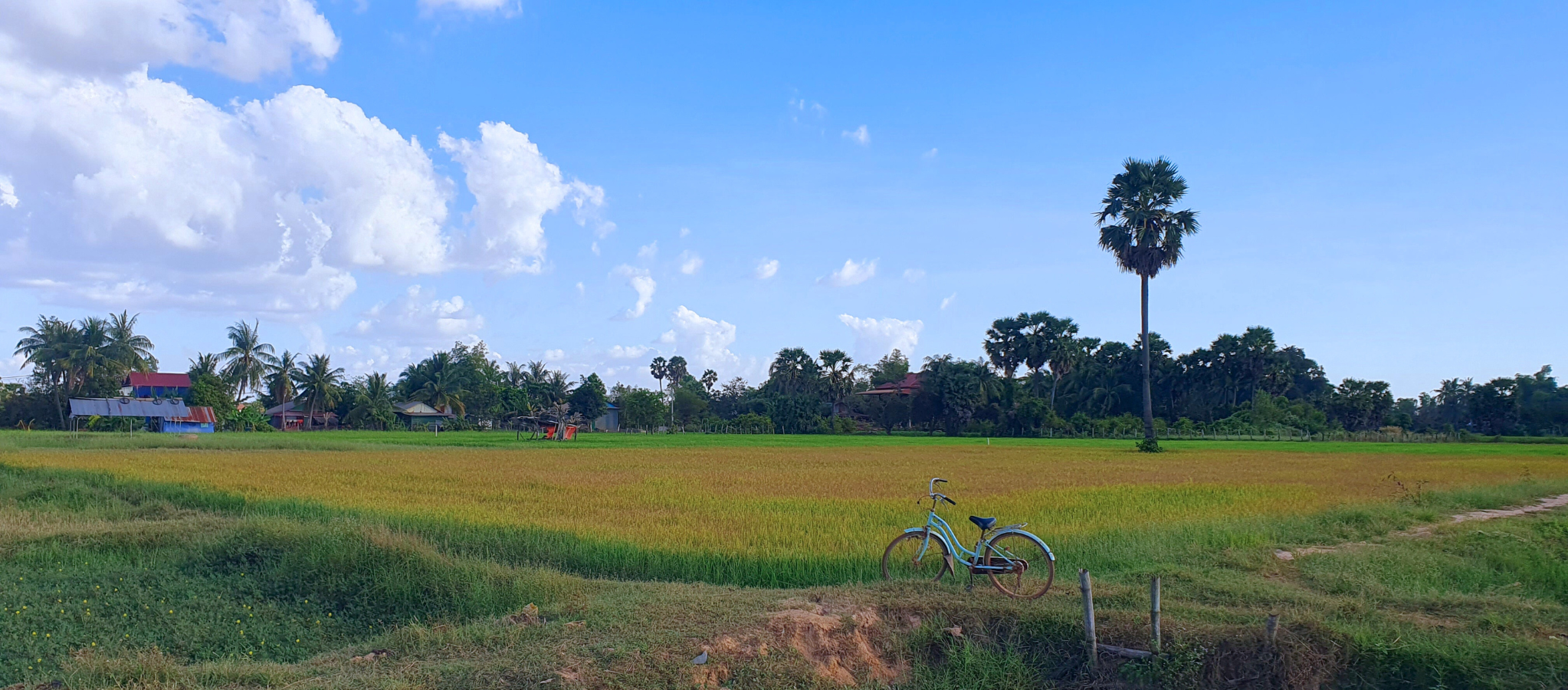 " alt="">
" alt="">